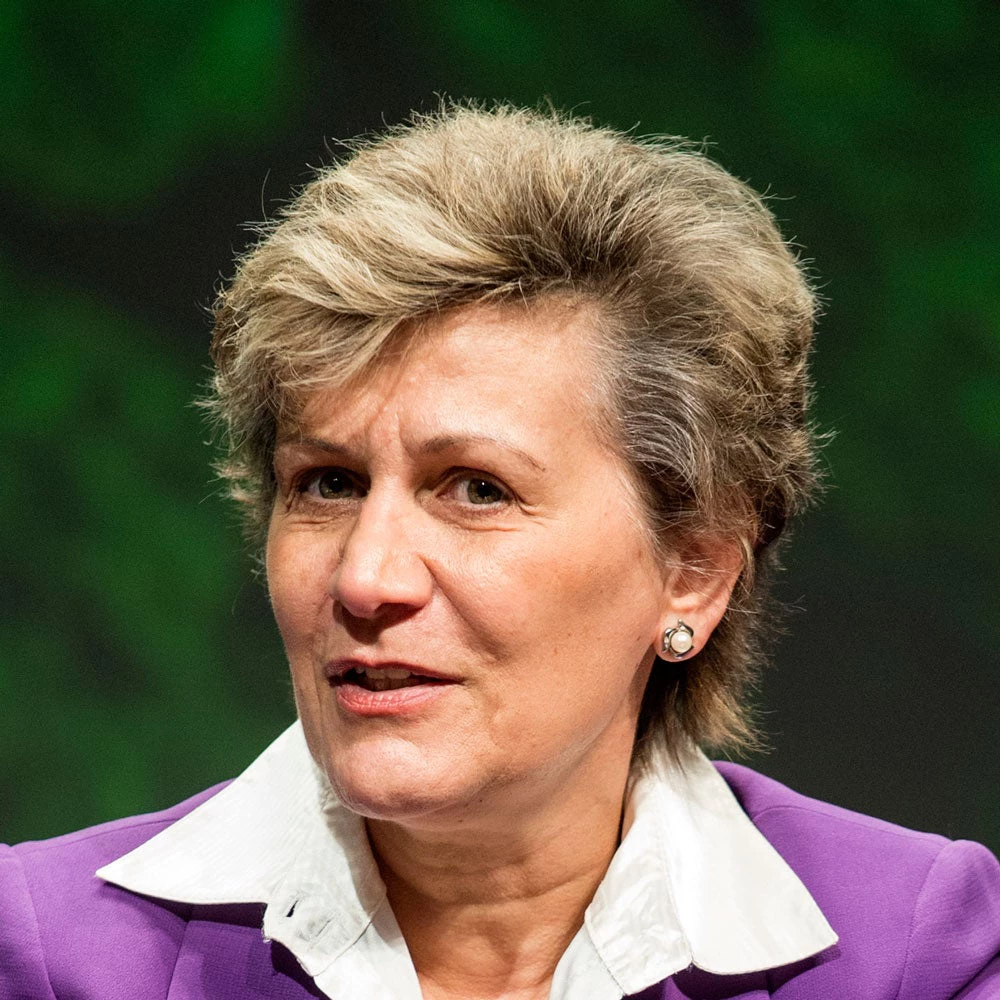
The degradation of land, water, and forests transcends institutional and geographic boundaries. So do recurrent droughts and floods. They compel us to increase our commitment to the sustainable use of natural resources, to climate change adaptation and mitigation, and to improving food security and water security.
Business as usual is definitely not a viable option when it comes to the drylands. Instead, there is a need for natural resource-based interventions, such as landscape restoration and sustainable management, complemented by better safety nets, contingent finance mechanisms, and alternative livelihoods.
African countries are now reconfirming commitments and targets to achieve these, and jointly mobilizing resources for the large-scale restoration of Africa’s landscapes.
I recently returned from Ghana where I attended a conference including representatives of 12 countries, participants in the Sahel and West Africa Program (SAWAP), a $1.1 billion program funded by the World Bank, GEF, and others under the TerrAfrica partnership to support the African Union’s Great Green Wall initiative—a continental vision to halt desertification and land degradation.
Teams from Benin, Burkina Faso, Chad, Ethiopia, Ghana, Mali, Mauritania, Niger, Nigeria, Senegal, Sudan, and Togo reviewed their progress, shared their experience, and discussed future opportunities for landscape restoration. Many successes, innovations, and inspiring results across the continent were cited. They are making us believe that desertification is not our fate.
Through the SAWAP, as many as 5,894 institutions across the continent have increased their adaptive capacity and as many as 14.9 million direct beneficiaries have been reached. These commitments motivate us to do more.
In Ethiopia, where large-scale landscape rehabilitation is already a reality, the provision of legal landholding certificates and extension support to formerly landless youth—in exchange for restoring degraded communal lands—represents a successful innovation. It has resulted in employment, more livelihood opportunities, the empowerment of youth, and an alternative to migration. It has also helped diversify and balance competing land uses and boosting climate resilience in productive landscapes. Over 740 youth groups with more than 15,000 members, 40 percent of them female, have benefited. About 100,000 landless youth could be reached with the right financing.
In Ghana, a programmatic series of Bank projects has evolved through three phases of sustainable land management, each one expanding the reach and scope of intervention. This programmatic series of Bank projects has focused on connecting fragmented habitats in protected areas, forest reserves, woodlands, agroforestry land, rangelands and croplands.
So far, it has supported over 14,000 land users who adopted conservation measures in 150 communities.
In Burkina Faso, the Sahel Integrated Lowland Ecosystem Management Project has pioneered the concept of biodiversity in productive landscapes in 180 villages. It has created and catalyzed community dynamics for the sustainable management of natural resources at the micro-watershed level by implementing incentives, creating an investment framework, and rewarding individual and collective know-how.
More momentum needed
What emerged from the SAWAP meeting is that much more must be done to sustain the momentum, scale up successes, and face challenges emerging from the impact of climate change. The World Bank is fast-tracking support to the continent’s resilience under the Africa Climate Business Plan. Investment in climate-resilient landscapes is one of the key pillars of the plan, committing to mobilize $755 million for such measures by 2024.
With a continental vision, strong commitment, broad partnerships, and commensurate financing, transformation of Africa’s drylands is possible. We know we cannot transform livelihoods without restoring landscapes and building the resilience of the ecosystems upon which the people depend on for their food, water, and security.
The UN Sustainable Development Goals (SDGs), the Paris Climate Agreement, UNCCD’s aspiration for a Land Degradation Neutral world, the Africa Resilient Landscape initiative, the African Forest Landscape Restoration Initiative, and the Windhoek Declaration on drought all remind us that collaborative action is our only chance for success.


Join the Conversation